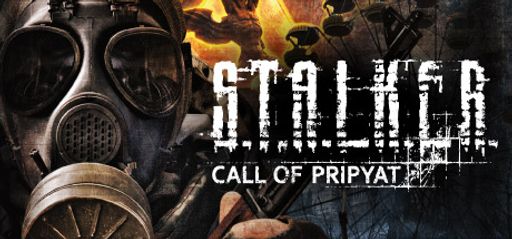I recently returned to the irradiated lands of the Zone with S.T.A.L.K.E.R.: Call of Pripyat. Notably, as an explorer who values immersive narratives and dynamic open-world design, this sequel captured my attention from the moment I started. In addition, developed and published by GSC Game World, this game continues the legacy of its predecessor, S.T.A.L.K.E.R.: Shadow of Chernobyl, by offering a rich narrative and authentic experience in a dangerous, post-apocalyptic world. I approached the game as both a fan and a critic, and here are my detailed impressions.
Overall Impressions
Initially, Call of Pripyat impresses with its atmospheric world-building. The game puts you directly in the role of Major Alexander Degtyarev. Specifically, you become the investigator tasked with unraveling the mystery behind crashed governmental helicopters. In turn, the narrative is filled with hints of conspiracy, danger, and the unknown. Likewise, the story unfolds at a steady pace, which keeps you engaged without overwhelming you. Compared to other open-world titles, it stands out with a measured blend of narrative and exploratory freedom.
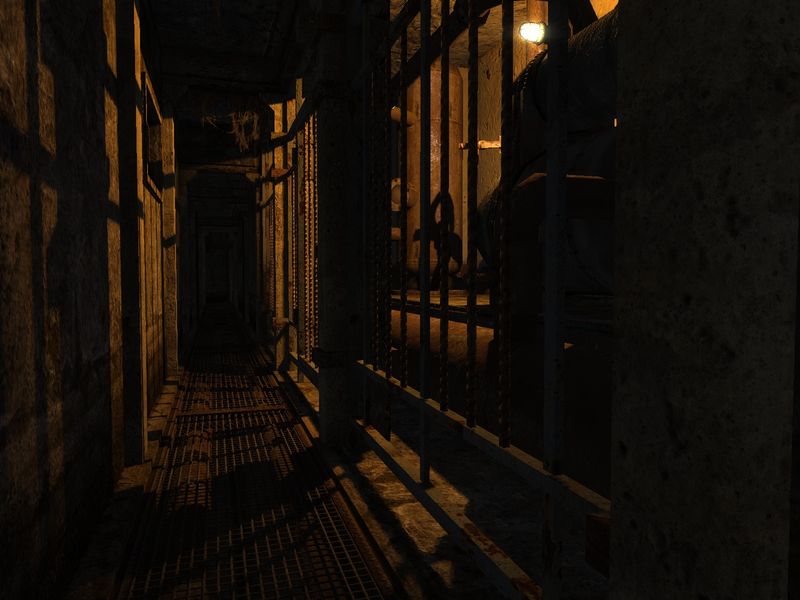
Indeed, the game does a remarkable job at capturing the harshness of the Zone. Every element of the design—from the barren landscapes to dangerous mutants—evokes a palpable sense of desolation and menace. I particularly appreciate the commitment to authenticity that GSC Game World has maintained over the years. Yet, although some mechanics may feel dated to new players, Call of Pripyat retains its charm through its solid atmosphere and immersive backup from genuine world lore.
Gameplay Mechanics
Upon diving into the game, I found that the gameplay mechanics are both grueling and rewarding. Importantly, the controls feel deliberately unpolished, mirroring the hardships of surviving in a radioactive wasteland. Additionally, movement is cautious, combat is strategic, and every decision feels impactful. In addition, the game features an open world that rewards exploration. You are encouraged to wander off the beaten path and discover unique anomalies, hidden stashes, and secret narratives that enrich the lore.
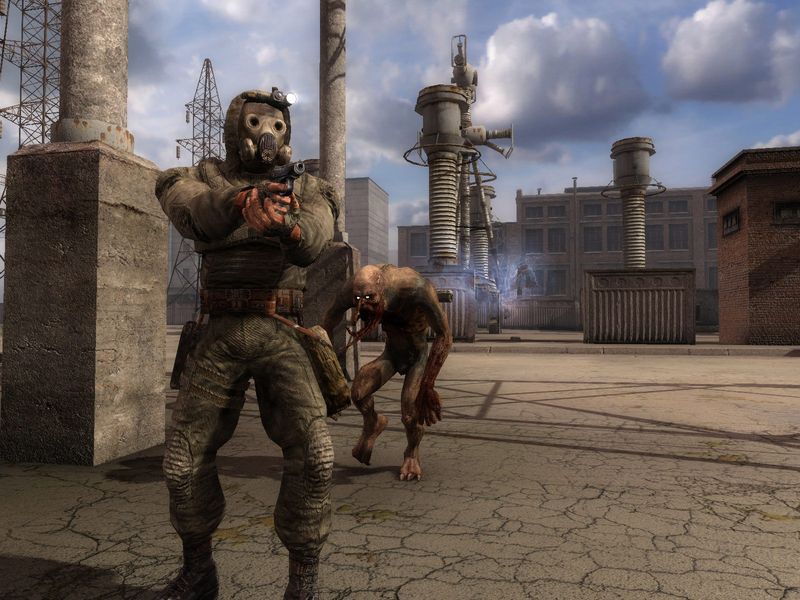
Crucially, a notable strength is the game’s A-Life system. This working ecosystem of mutants and anomalies creates a living world. As a result, the combat can be challenging, and every encounter holds a risk. I relished the tension during firefights and the careful planning required to approach uncertain situations.
Also, secret hunts and side quests add depth. Many elements are rewards for curiosity. Occasionally, the combat mechanics feel clunky, and some sequences demand a steep learning curve. Still, every small victory, whether hiding from bandits or discovering a hidden area, infuses the whole experience with a sense of satisfaction. For veterans of the series, the game hits hard with nostalgia and proven design choices that still hold up.
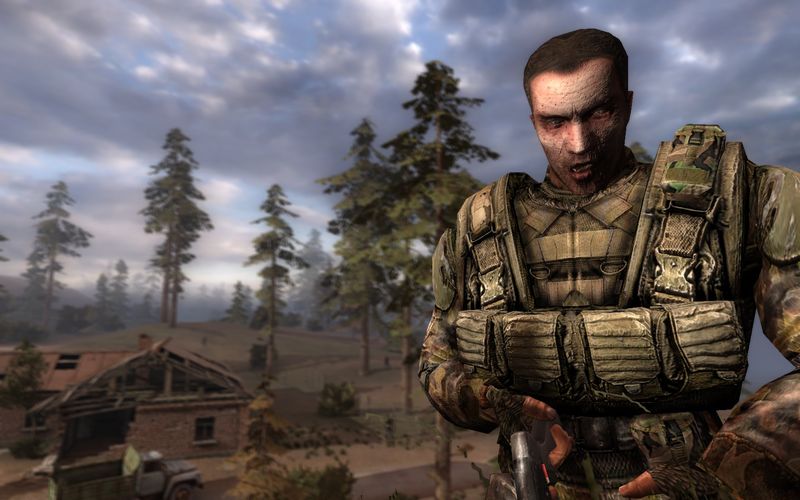
Story and Characters
Indeed, Call of Pripyat excels in its narrative delivery. As a result, the story is layered and invites you to question the reality of the Zone. Personally, I found Major Degtyarev to be a compelling protagonist. Consequently, his investigative journey is more than a simple quest—it is an exploration of trust, despair, and the machinations of political intrigue. Notably, the narrative invites you to interact with a variety of memorable characters, each with their own agenda.
However, the redundant nature of certain missions can occasionally detract from the overall narrative, but that is a minor flaw in an otherwise deeply engaging storyline. Importantly, the lore and backstory are excellent. Over the years, S.T.A.L.K.E.R. loyalists have reveled in this authentic representation of a world in decline—and I share that sentiment.
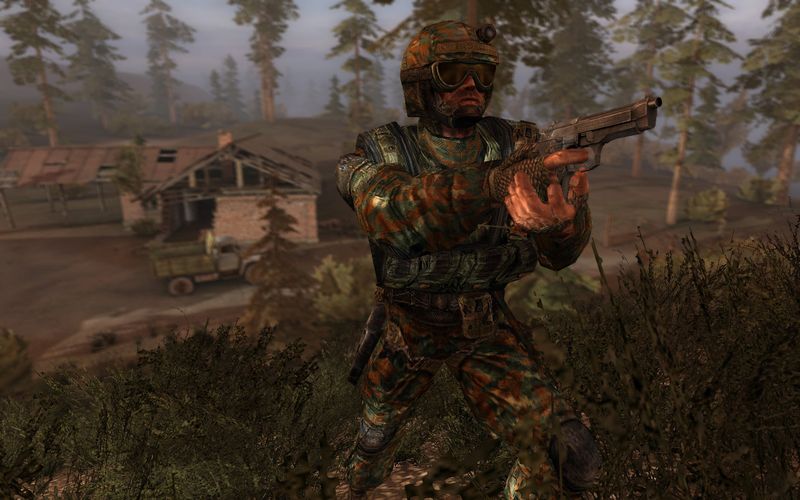
Visuals and Graphics
Nonetheless, visually, Call of Pripyat stands as an atmospheric achievement. The game may not boast modern photorealistic graphics, yet its artistic style evokes the grim beauty of the Zone. Specifically, the textures and lighting work in tandem to create a sense of isolation and decay. Interestingly, it is easy to forget that the game was released in 2010. For those with a taste for artful design rather than hyper-realism, the aesthetic is perfectly tuned for mood.
Additionally, many enthusiasts have enhanced the graphics through texture and weather modifications. Notably, these mods build on the already solid foundation of the game. Personally, I experimented with a few, and they refined the experience without stripping away the original vision of GSC Game World. Meanwhile, the subtle shifts in weather and environments underscore the constant danger that lurks in every corner of the Zone.
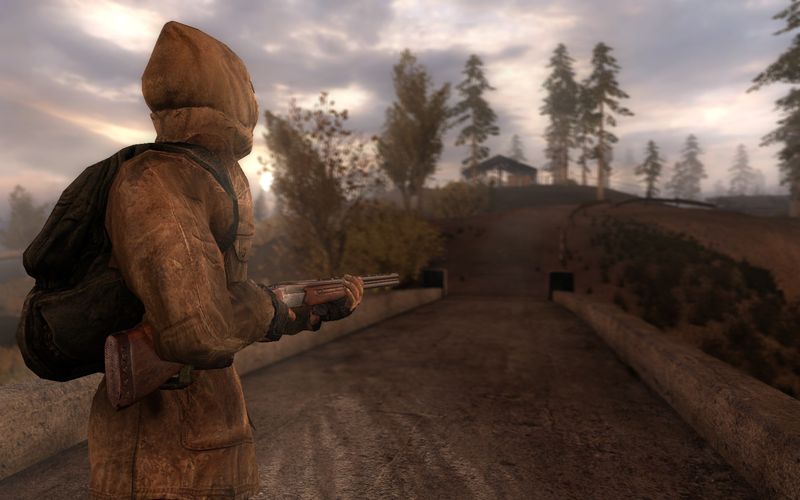
Sound and Music
The sound design in Call of Pripyat is both immersive and tense. Every footstep in the empty ruins carries the echo of danger. The soundtrack is simple but haunting, building tension and highlighting the Zone’s emptiness. Sound effects—from the hum of radiation to mutant growls—are carefully layered.
Voice acting is solid and keeps the serious tone. Dialogue is clear and to the point. Overall, the audio design pulls you deep into the hazardous world. Each sound either warns of a threat or adds a somber mood as you explore.
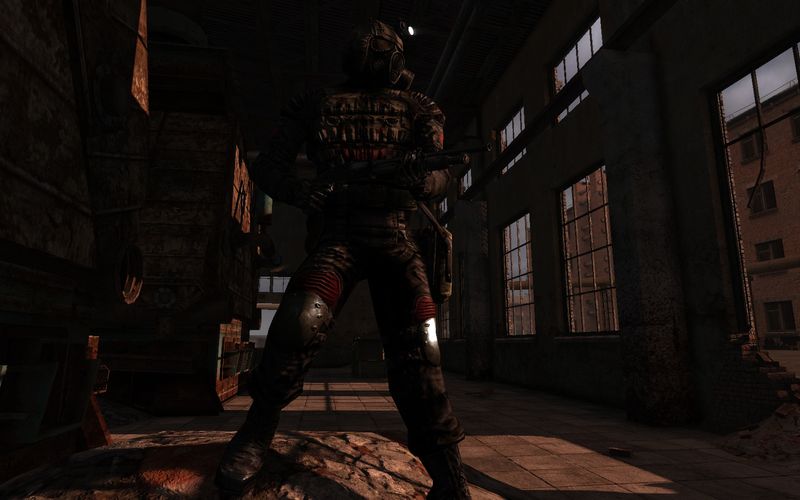
Difficulty and Replayability
One of the defining features of Call of Pripyat is its challenge. The game does not hold your hand. At times, survival can feel brutal. You must balance resource management, combat, and exploration carefully. This challenge intensifies the satisfaction of overcoming obstacles. A notable comment by a fellow player highlighted the appeal of the game’s demanding yet rewarding nature. The slight imperfections and challenging mechanics serve to enhance the authenticity of living in a perilous world.
Replayability is strong. The game offers numerous side quests and secrets to uncover. Every journey through the Zone presents unique encounters. Even after thorough playthroughs, I discovered new anomalies and hidden narratives on subsequent excursions. The combination of a living world and the unpredictable A-Life system ensures that no two playthroughs are exactly the same.
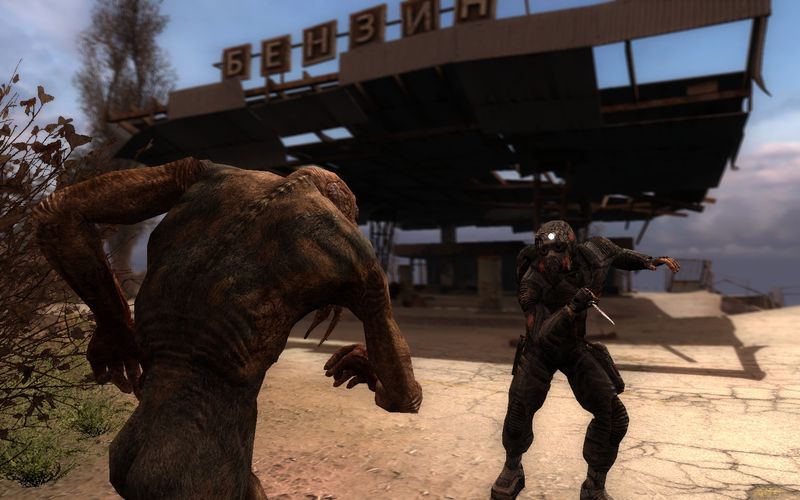
Privileged Insights and Trivia
I was intrigued to learn that Call of Pripyat remains a fan favorite among the series, despite being nearly a decade old at release. GSC Game World took care to carry forward the core elements that made the original game iconic. The game is celebrated for minimizing bugs and faithfully preserving the essence of S.T.A.L.K.E.R. enthusiasts. Some purists staunchly prefer the “vanilla” experience over modded gameplay, arguing that it maintains the gritty realism of the Zone.
Even with S.T.A.L.K.E.R. 2 on the horizon, many players revere Call of Pripyat as offering the peak experience of the series. Its side quests, working A-Life system, and immersive environment are frequently cited as benchmarks. It is a prime example of how a well-crafted game can age gracefully while inspiring players to revisit its mysteries repeatedly.
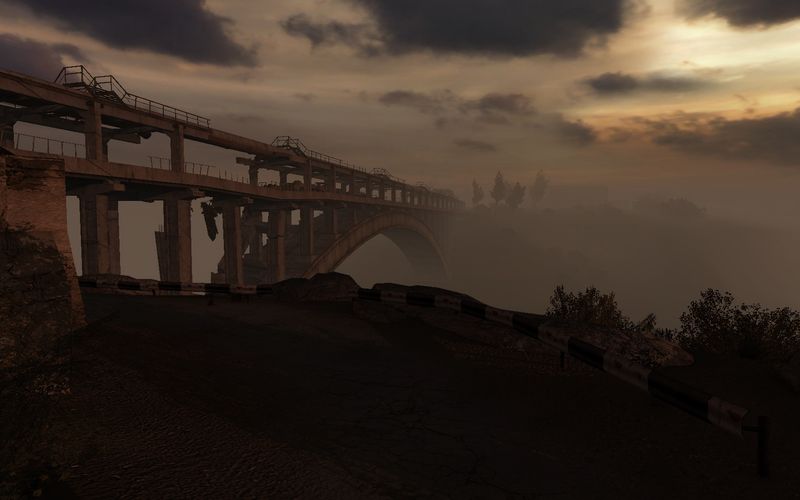
Final Thoughts
S.T.A.L.K.E.R.: Call of Pripyat is a game that rewards persistence and curiosity. The robust narrative, atmospheric design, and demanding gameplay combine to create a memorable open-world experience. While certain mechanics may seem unrefined to new audiences, the game’s authentic world and lived-in design offer a refreshing alternative to over-polished modern titles. For fans of post-apocalyptic adventures, it remains an essential experience.
I award S.T.A.L.K.E.R.: Call of Pripyat a solid 4.5 out of 5 stars. The game stands as a testament to the enduring appeal of the S.T.A.L.K.E.R. series. It invites passionate gamers and explorers alike to step into the haunting Zone, uncover its secrets, and endure its challenges. In my journey through this unpredictable and hazardous world, every moment reaffirmed why I love exploring games that dare to offer both beauty and brutality in equal measure.
Add S.T.A.L.K.E.R.: Call of Pripyat to your Steam collection!

